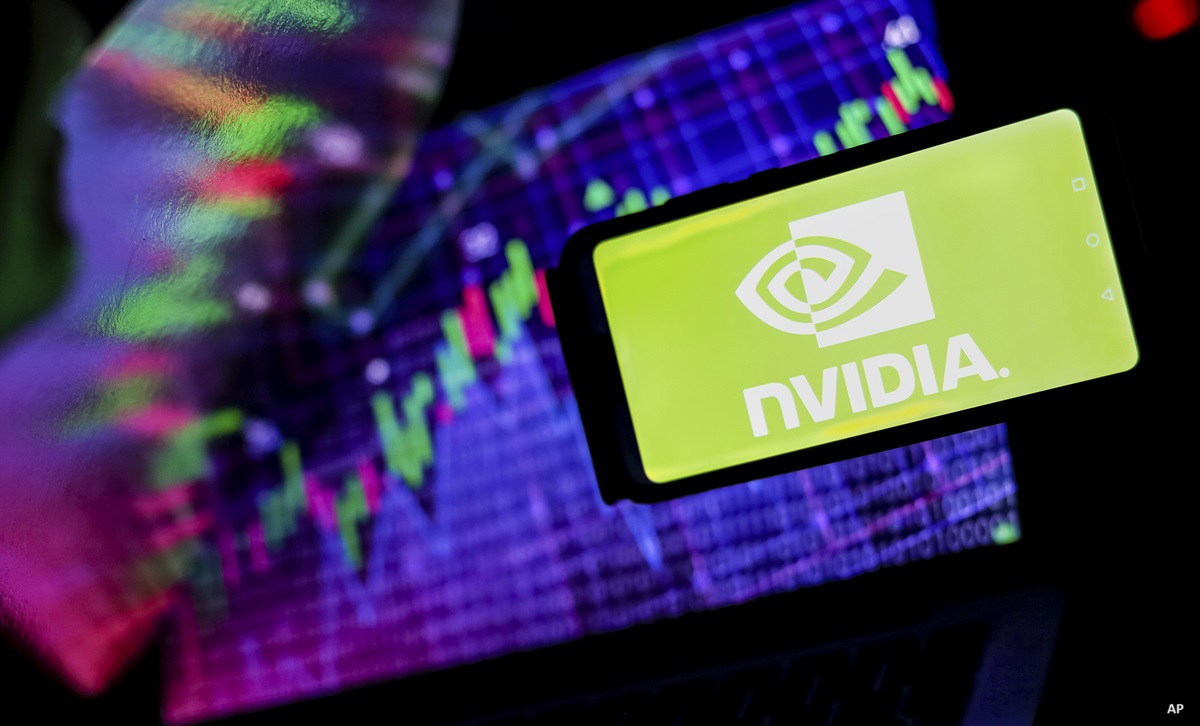See more episodes of Quant Concepts here
Emily Halverson-Duncan: Welcome to Quant Concepts' virtual office edition. ESG or environmental, social and corporate governance is becoming a more and more widely used term when discussing businesses and their sustainability. People are more aware than ever of the products they are buying and the corporate practices that go into making them. With this increased awareness comes an increasing demand for socially responsible investment options. Not only do these types of investment mandates promote ethical business practices but they also help to avoid ownership in companies who may be subject to controversy and scandal. Today, I've created a strategy that searches for ESG-friendly Canadian companies that still pay and grow their dividends. So, let's take a look at how to build that.
So, first off, as always, we are going to rank our universe of stock, which is the Canadian CPMS universe. Today, that holds 693 names. In this ranking step, some of the factors that we are going to look at – five-year dividend growth is looking at companies that are growing their dividend over the long term. So, the factor there, we want a higher value for it. Annual dividend momentum is looking at the one-year change in dividends. Again, we want to see a higher value for that. Quarterly earnings surprise looks at whether companies are beating or missing on their projected earnings. And overall ESG risk rating is looking at what risk a company – ESG risk a company is exposed to and we want to see a lower value for that factor.
On the screening side, we want to have it a dividend yield greater than or equal to 1.5%. So, just to make sure there is a reasonable yield on every stock. We want a positive five-year dividend growth to make sure companies are growing their dividends across the long term. ESG controversy level, what this is looking at is on a scale of 1 to 5 how controversial a particular company is. If it's at 5, that means that it would be considered extremely controversial, at 1 would be not. So, we want that to be less than or equal to 3, meaning it's at almost like a neutral level or below. That annual cash flow momentum and quarterly earnings surprise, we want those both to be positive. And that overall ESG risk rating, we want that to be in the top third of peers. And when I say top third, that means the lowest third for values because a lower ESG risk rating is considered more positive.
On the sell side, we are going to sell stocks if that five-year dividend growth level goes below zero or if that highest controversy level goes above a 3, so if it goes to a 4 or a 5. And then, as well, if that overall ESG risk rating goes into the top or the bottom half of peers, the higher half, which would be today a score of 29 or above.
One that's all done here, we can run our backtest. One thing to note about the backtest here – the overall ESG risk rating does only have data from November 2019 onwards. So, when the backtest runs before that, it's essentially ignoring that factor and then taking into account once the data starts, so November 2019. That controversy level factor that we use though, however, goes back to the full extent of the backtest. So, you are still getting that ESG screen applied to the whole timeframe.
And let's take a look here. So, across the timeframe, which is August 2009 until April 2020, we selected 15 stocks in our backtest. The annualized return was 12.7% which represented a 6.7% outperformance over the benchmark here being the S&P/TSX Composite. Turnover was very low at about 21%. So, on a 15-stock portfolio, it just means a handful of trades per year.
Some of the metrics I always like to look at – downside deviation which is the volatility of negative returns for the strategy was 7.2% whereas the benchmark was 8.3%. So, we can see an improvement there in terms of downside volatility. And then, lastly, my favourite green and blue chart – how did the model do in both up and down markets. In up markets, the model outperformed 59% of the time while in down markets it outperformed 80% of the time. So, having that ESG screen on top of the income really enhanced the downside protection and we can show you that across the long timeframe how it outperformed in down markets. So, it might be worthwhile considering if you do want to start incorporating ESG into your own investment portfolio, that's the way that you could consider to do it.
For Morningstar, I'm Emily Halverson-Duncan.
Are you getting the right returns?
Get our free equity indexes to benchmark your portfolio here


















